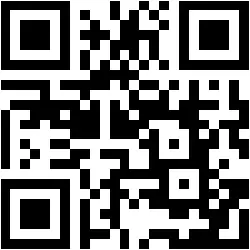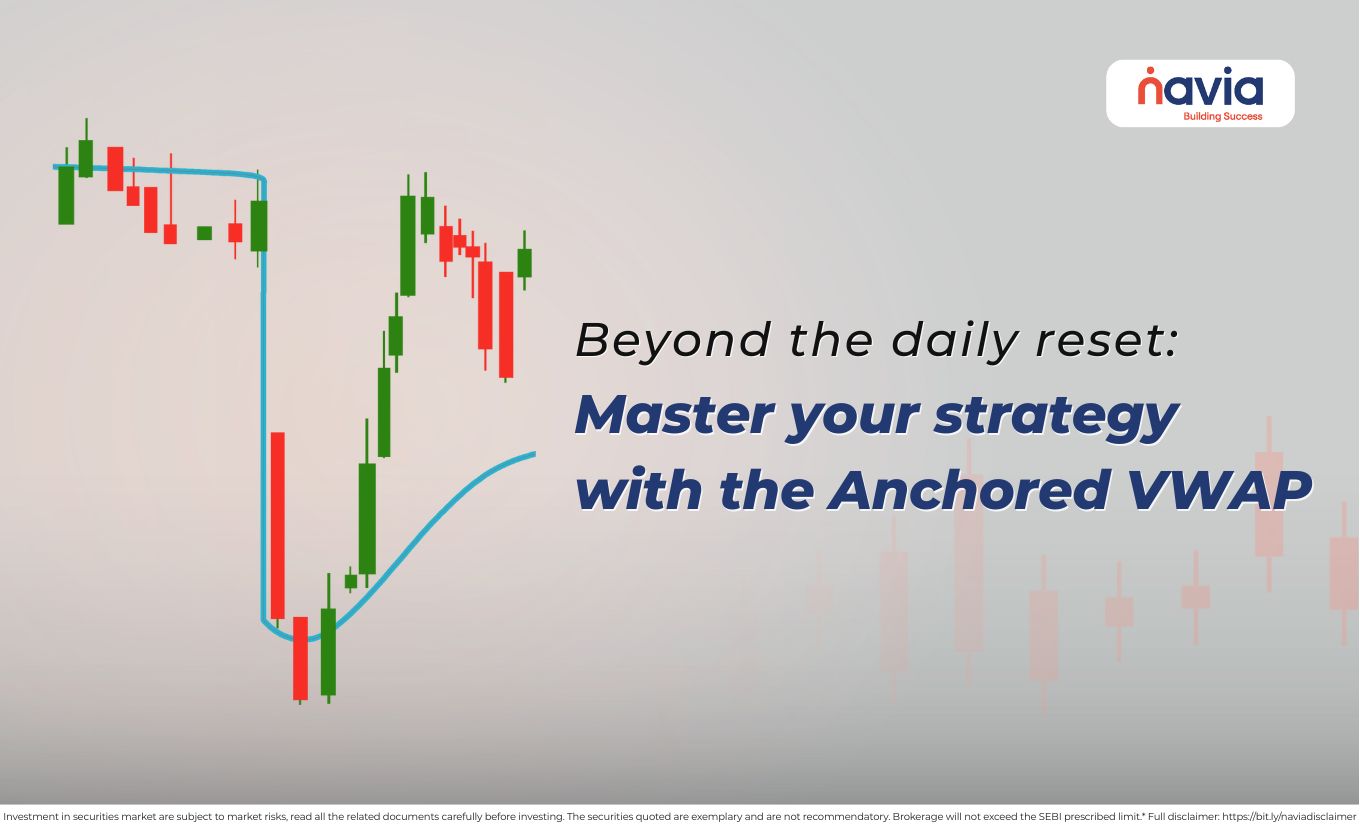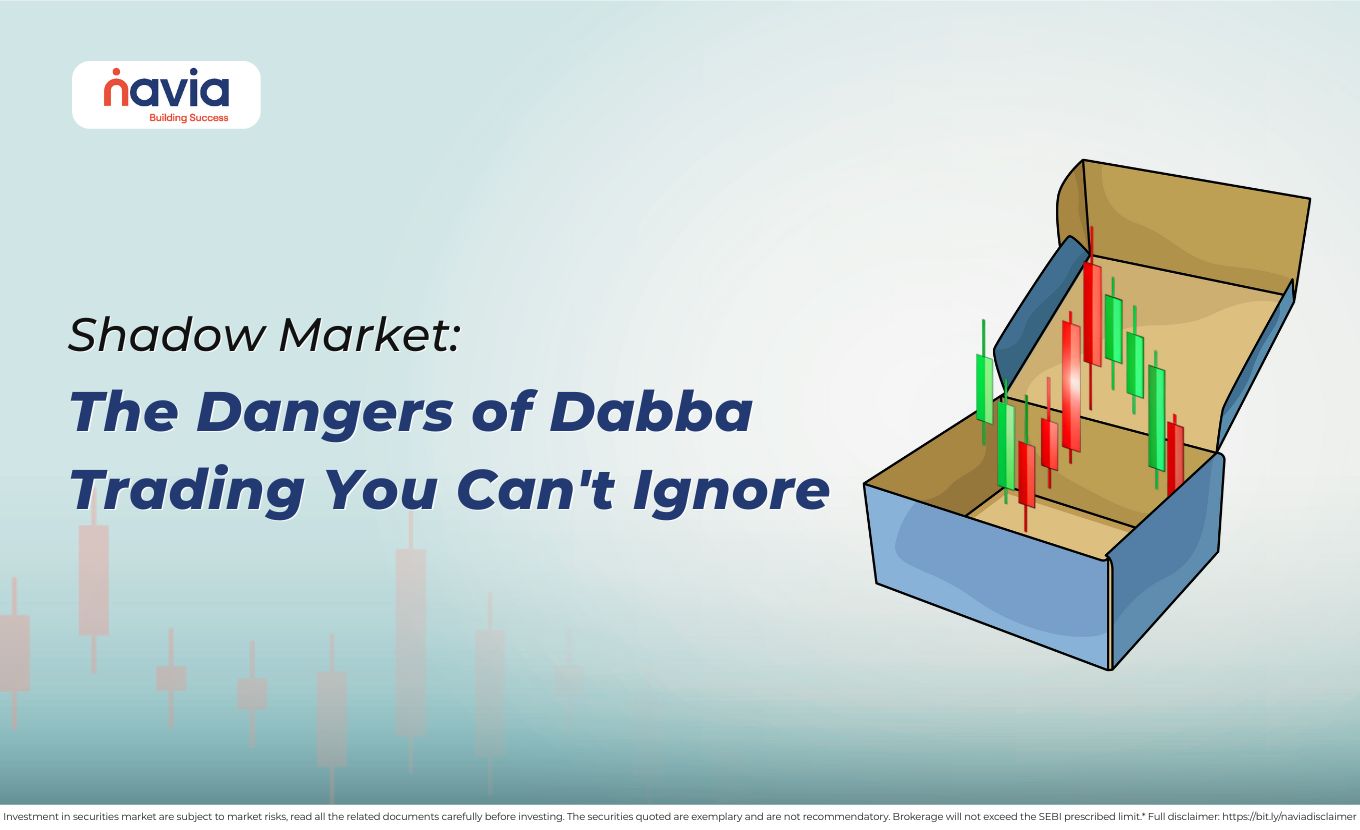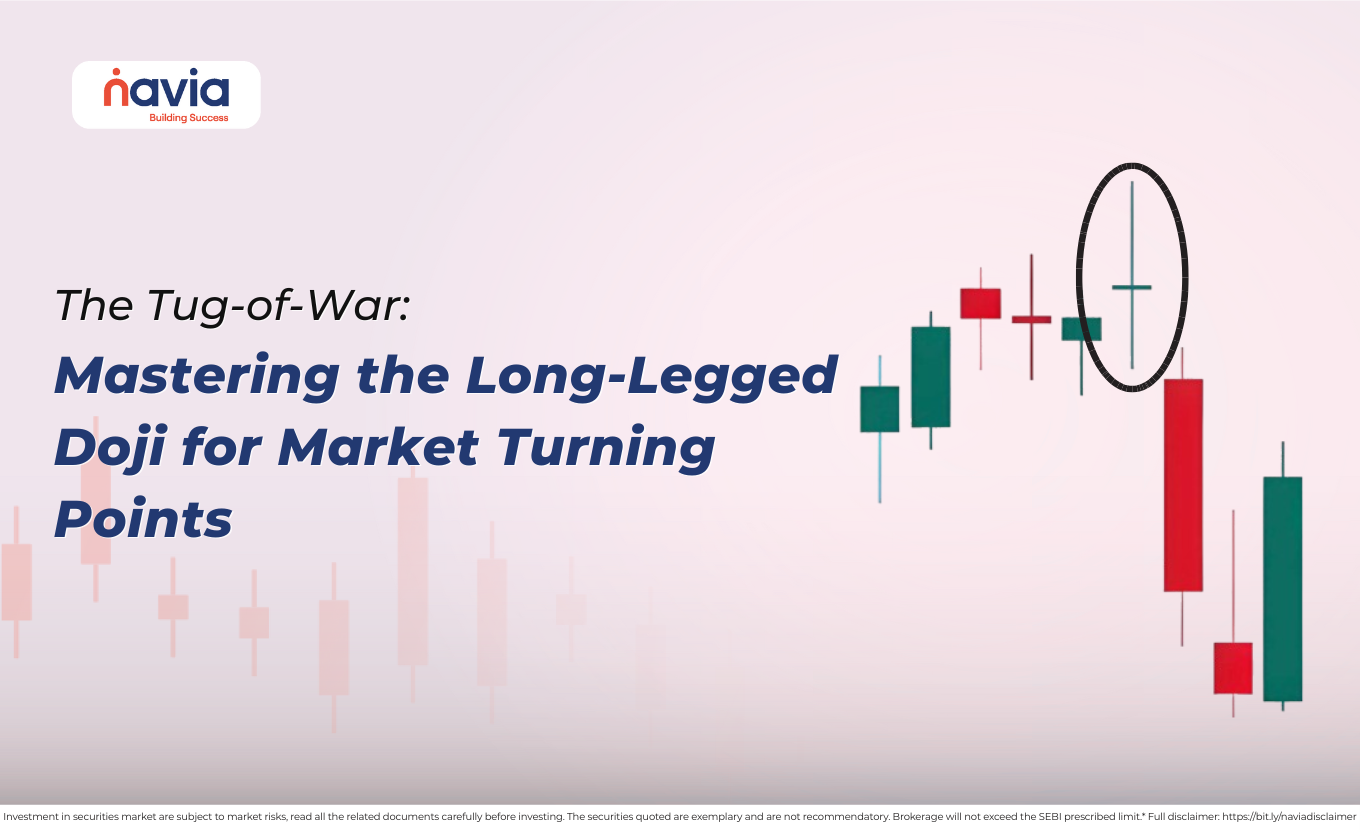Bond Yields Explained: Meaning, Importance & How to Calculate Them
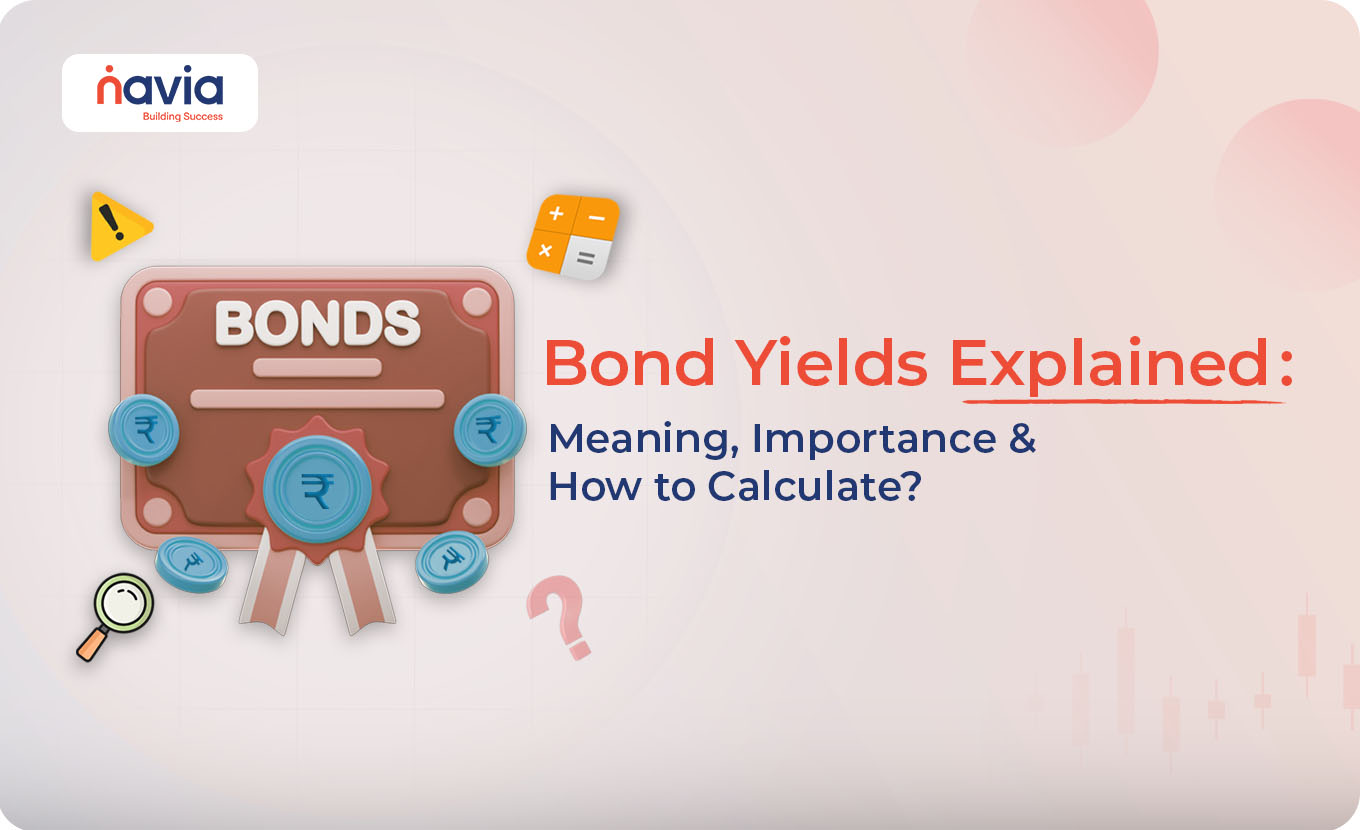
Bond yield has a crucial role in fixed income investing, whether you are a seasoned or a beginner you have the knowledge of what bond yields are, how bonds and yields work, how it calculated, and leading you to take smarter investment decisions. This blog explains about the fundamentals of bond yields, the difference between yield and bond price and how various types of yields will impact your portfolio. Let’s dive into the reading!
What is Bond Yield?
Bond Yield means the return an investor earns on a bond. In simple terms, if you invest in a bond, and hold it till the end, the yield shows your yearly return. The price of the bond will change depending on the market, like that yield also changes depending on the price you buy the bond.
The concept will help investors to understand how much they can expect to earn from their holding a bons over time. Keep it in mind that the yields can fluctuate based on the interest rates and market conditions.
How to Calculate Bond Yields?
Current Yield is known as the simplest form of bond yield; you can calculate it by following the formula below.
Current Yield = (Annual Coupon Payment / Current Market Price of the Bond) × 100
For example,
If a bond pays ₹1,000 annually and is currently priced at ₹10,000. So, the current yield will be;
(₹1,000 / ₹10,000) × 100 = 10%
But there are more comprehensive methods available like;
Yield to Maturity (YTM): is the total return you can expect if you hold a bond until it matures, considering its price, face value, interest payments, and time left.
Yield to Call (YTC): Some bonds can be “called” or repaid early. YTC assumes the bond is called before maturity and calculates the yield accordingly.
Yield to Worst (YTW): This represents the lowest yield you could receive if the bond is called before maturity. It helps assess downside risk.
Difference Between Bond Yield and Bond Price
Most investors have confusion about the bond price with bond yield, but those are inversely related;
🠖 When bond price goes up, yields go down
🠖 When bond price goes down, yields go up
For example, if you buy a bond for ₹1,000 with a 10% coupon, and you earn ₹100 per year. If the bond price drops to ₹900, new buyers still receive ₹100 per year-making the yield higher for them. The relationship between price and yield is crucial because it shows how sensitive a bond’s return is to market interest rate movements.

Types of Bond Yields
Understanding the types of bond yields can give better insight into what you’re earning and the associated risks:
| Types of Bond Yields | Definition |
|---|---|
| Nominal Yield | Also known as coupon rate, it is the interest rate stated on the bond when issued |
| Current Yield | Reflects the return based on the current market price, not the face value |
| Yield to Maturity (YTM) | Considers all future coupon payments, the purchase price, and time to maturity |
| Yield to Call (YTC) | Helps investors evaluate callable bonds where the issuer might repay early if interest rates fall |
| High Yield Bonds | Also known as junk bonds, are bonds that offer higher interest rates to compensate for their lower credit ratings and higher risk of default |
Conclusion
As we already said, bond yield is a vital concept in fixed income investing, it helps to assess potential returns and also risks, investment opportunities and also align your bond portfolio. So, if you are a conservative investor and looking for steady income or you are trying to balance a diversified portfolio, knowing about bond yields will give you an edge.
Investors should evaluate bond yields carefully to align fixed-income investments with their overall portfolio goals.
Do You Find This Interesting?
Frequently Asked Questions
What does bond yield tell investors?
Bond yield tells you how much return you can expect from your bond investment. It also offers insights into market expectations, interest rate movements, and the issuer’s creditworthiness.
How can I use bond yield in real life?
Bond yields provide insights that investors may consider when assessing fixed-income opportunities and market conditions.
Who buys high bond yields?
High bond yields often attract:
🠖 Risk-tolerant investors
🠖 Institutional buyers
🠖 Investors in high-inflation or rising rate environments
However, high yield typically comes with higher risk, so due diligence is essential.
Can we calculate a bond yield?
Yes, bond yields can be calculated using various formulas:
🠖 Current Yield (basic)
🠖 Yield to Maturity (YTM) (complex, requires financial calculator)
🠖 Yield to Call (YTC) tools like Excel or online calculators simplify the process for retail investors
DISCLAIMER: Investments in securities market are subject to market risks, read all the related documents carefully before investing. The securities quoted are exemplary and are not recommendatory. Full disclaimer: https://bit.ly/naviadisclaimer.
